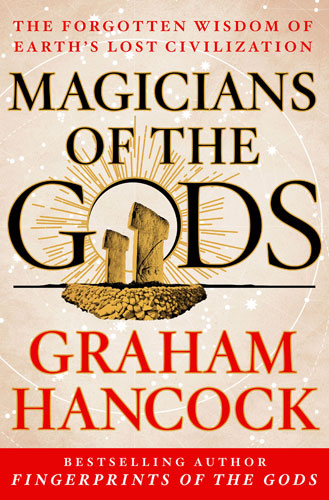News Desk
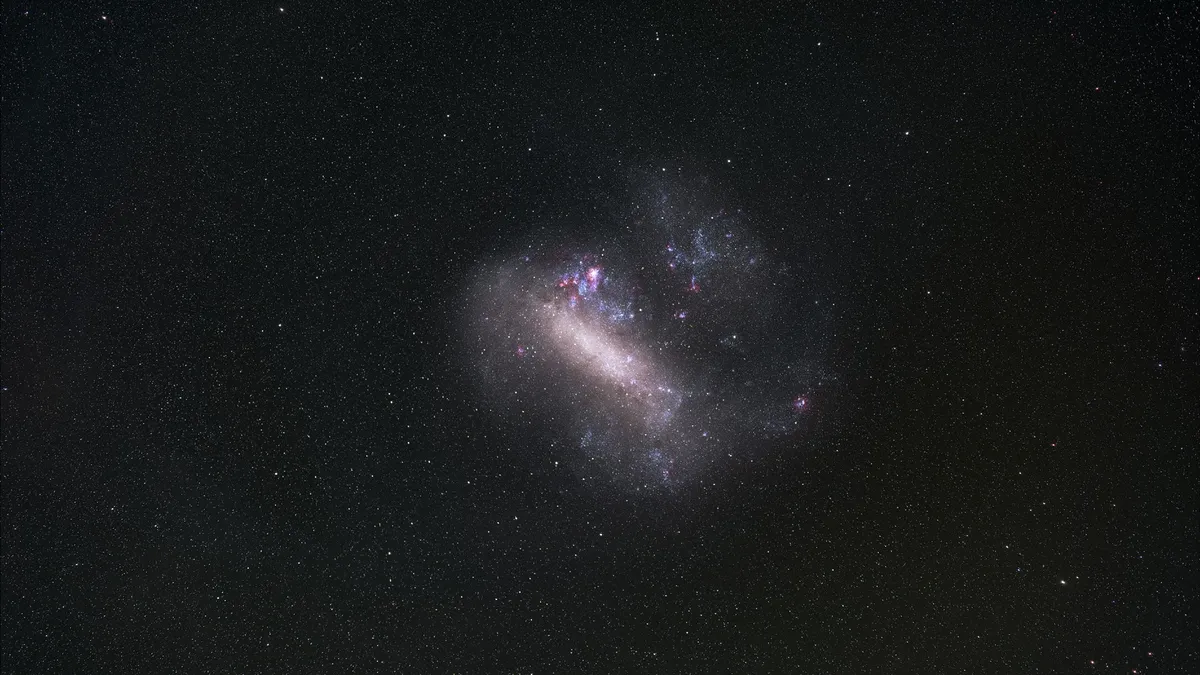
Scientists have identified one of the oldest known stars outside the Milky Way. The discovery, reported in March in the journal Nature Astronomy, has uncovered a relic from the early days of the universe in the Large Magellanic Cloud (LMC), a satellite galaxy of the Milky Way — and it’s revealing the conditions from a time before the sun even existed.
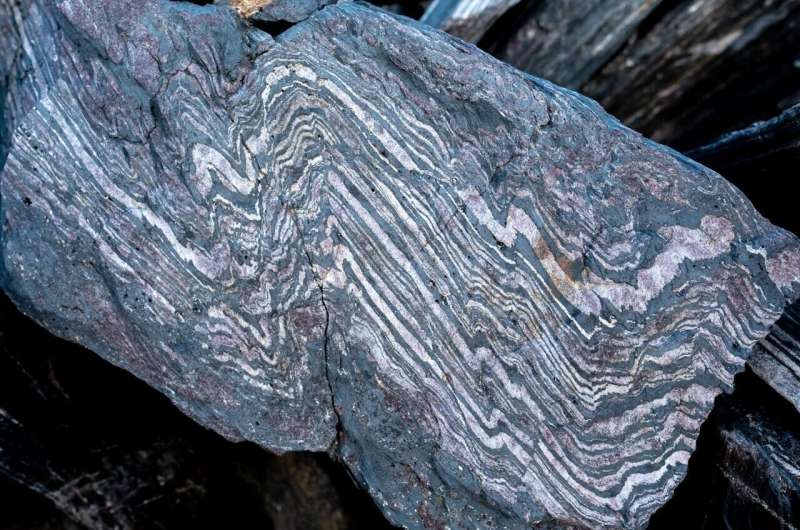
A new study, led by the University of Oxford and MIT, has recovered a 3.7-billion-year-old record of Earth’s magnetic field and found that it appears remarkably similar to the field surrounding Earth today. The findings have been published in the Journal of Geophysical Research. Without its magnetic field, life on Earth would not be possible…
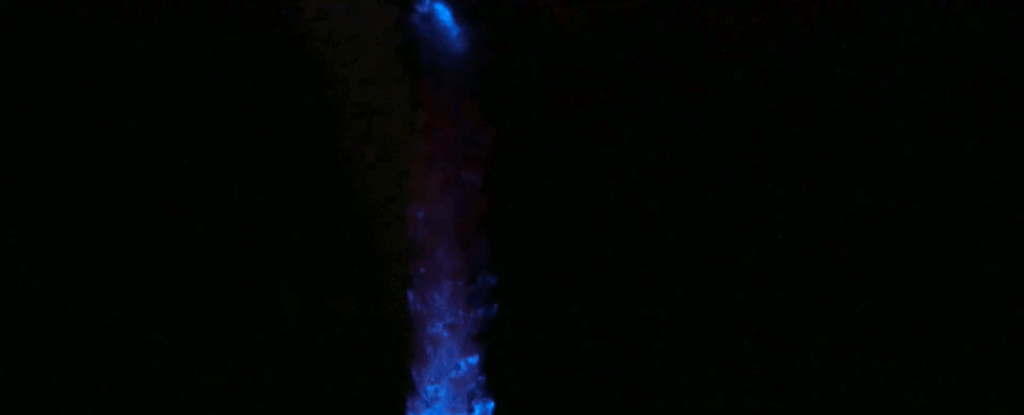
In the darkest corners of the planet, where the light of the Sun never touches, eerie glows can yet be found, illuminating the shadows. This is bioluminescence, a remarkable ability that has evolved separately at least 94 times throughout the history of life on Earth. See the study here.
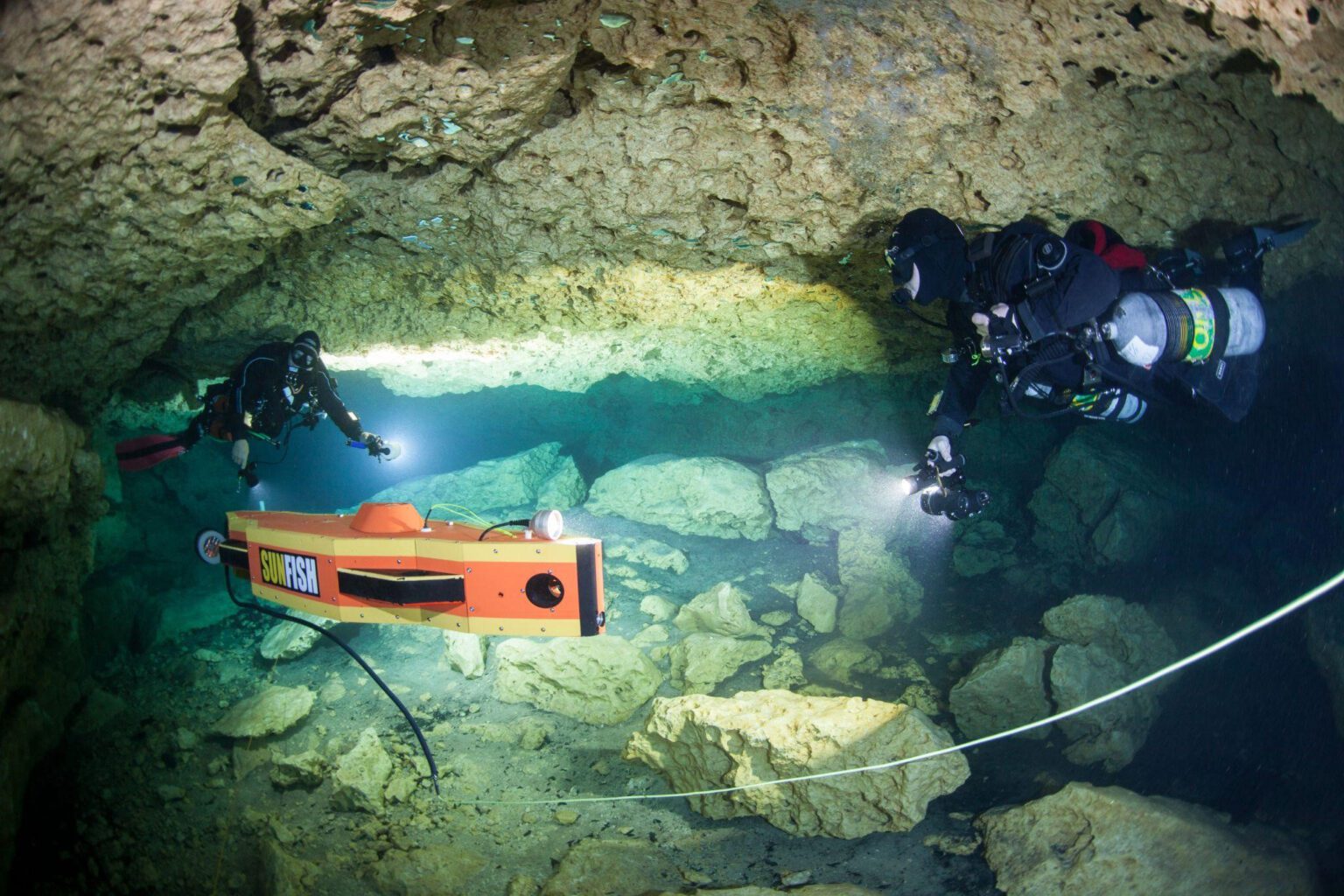
A few years ago, a set of 20,000-year-old human footprints in a dry lakebed in New Mexico set scientists reeling. Those fossilized footprints, originally discovered in 2009, called into question what we thought we knew about when people first showed up in North America. Archaeologists thousands of miles away in Alaska felt the scientific impact especially strongly.
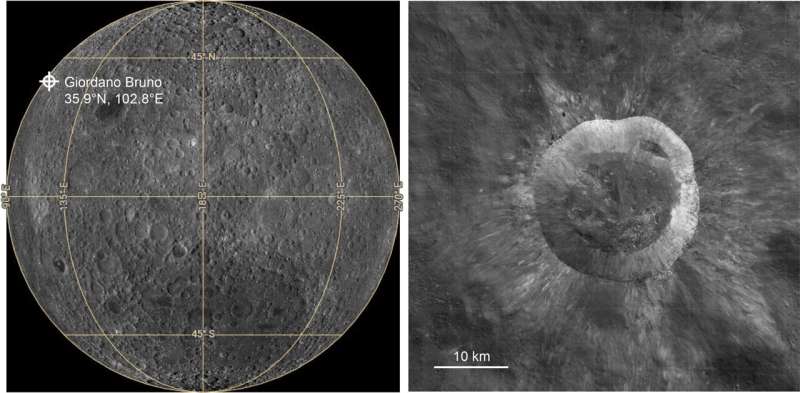
A small international team of planetary scientists has found evidence supporting the theory that the near-Earth asteroid Kamo’oalewa is ejecta from the moon. In their paper published in the journal Nature Astronomy, the group describes their data-driven models and what they revealed.

Since the first Earth Day in 1970, the world has experienced profound ecological changes. Wildlife populations have decreased by 69 percent, the result of habitat loss caused by rapid industrialization and changing temperatures. 2023 was the hottest year on record.

Legislative restrictions have made it difficult to obtain government funding for psychedelic research, but now corporations are stepping up to fund clinical trials. Although this support may help accelerate researchers’ understanding of psychedelics, it also sparks concern as a conflict of interest.

The period in which humans arrived in South America, in particular, north-western Patagonia, has been the subject of an ongoing debate by academics for many years. Previous archaeological evidence and palaeogenetic studies have suggested human presence between 16 600 and 15 100 cal BP. However, a new study published in the journal Antiquity is providing new evidence of pre-Holocene human activity during the late Pleistocene–early Holocene transition

From house plants and gardens to fields and forests, green is the color we most associate with surface life on Earth…But an Earth-like planet orbiting another star might look very different, potentially covered by bacteria that receive little or no visible light or oxygen…Instead of green, many such bacteria on Earth contain purple pigments…Cornell scientists report in new research.
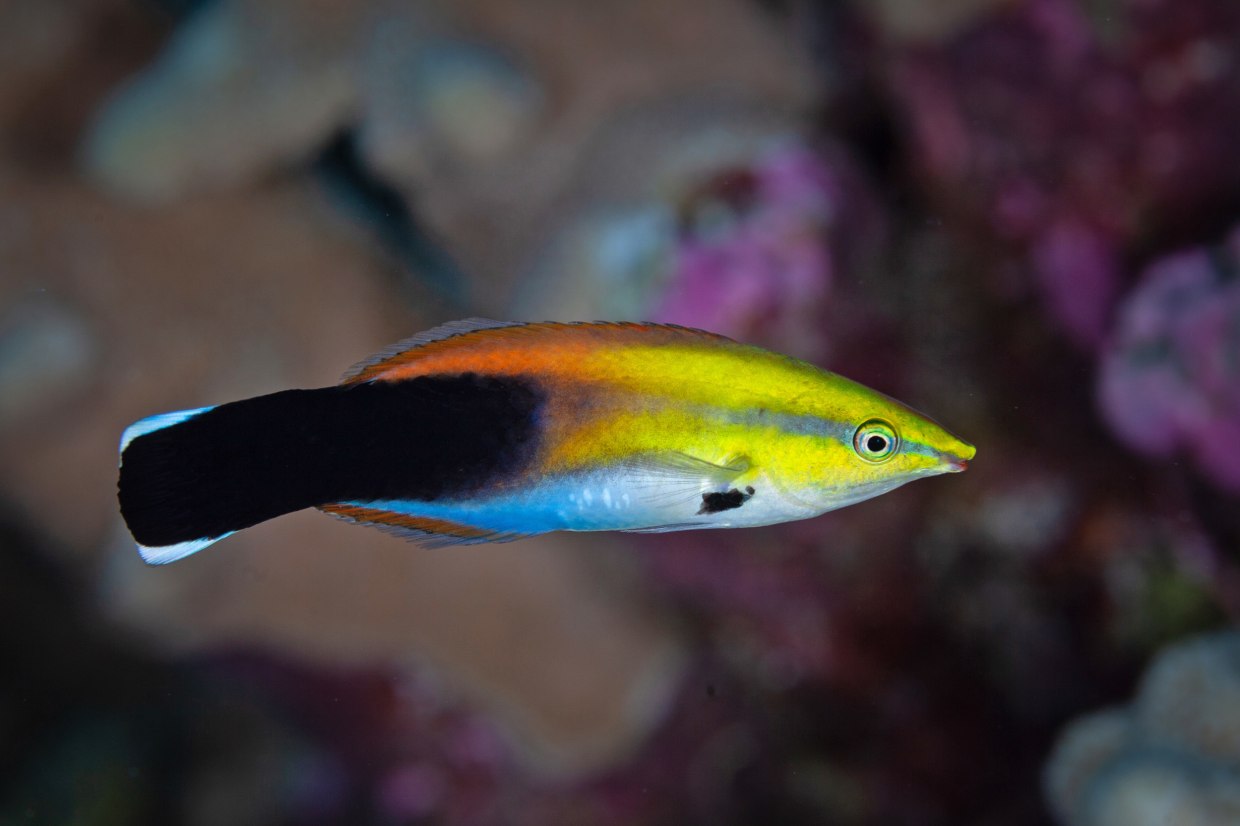
Bees play by rolling wooden balls — apparently for fun. The cleaner wrasse fish appears to recognize its own visage in an underwater mirror. Octopuses seem to react to anesthetic drugs and will avoid settings where they likely experienced past pain. Nearly 40 researchers signed “The New York Declaration on Animal Consciousness,” which marks a pivotal moment, as a flood of research on animal cognition collides with debates over how various species ought to be treated.

Fossil vertebrae unearthed in a mine in western India are the remains of one of the largest snakes that ever lived, a monster estimated at up to 15 metres in length – longer than a T rex. See the study here.
A major archaeological investigation has, for the first time, excavated a lava tube in Saudi Arabia that was inhabited by humans up to 10,000 years ago.
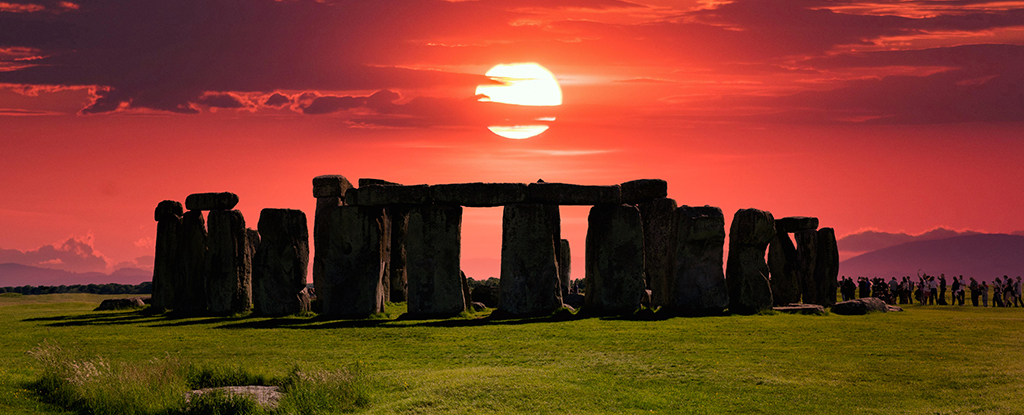
When it comes to its connection to the sky, Stonehenge is best known for its solar alignments…But a hypothesis has been around for 60 years that part of Stonehenge also aligns with moonrise and moonset at what is called a major lunar standstill…
New research published in Nature Ecology & Evolution examines the rate at which new species of hominin emerged over 5 million years. This speciation in our lineage, they found, is unlike almost anything else.
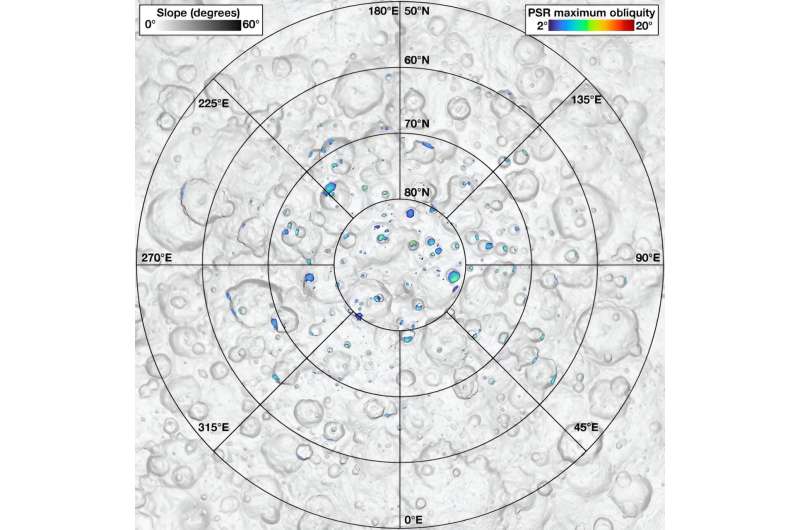
Ceres, the largest asteroid in our solar system, harbors a dark secret: extremely young ice deposits in permanently shadowed craters near its poles. If that sounds vaguely familiar, it’s because our moon and planet Mercury also have such polar ice deposits, which have been studied for decades. See the study here.
The phenomenon of “cancel culture” has become a prominent feature of online discourse, where individuals or brands are publicly called out and boycotted for perceived transgressions. A recent study published in the journal Acta Psychologica explored the psychological underpinnings of why some people are more inclined to engage in canceling behaviors than others







